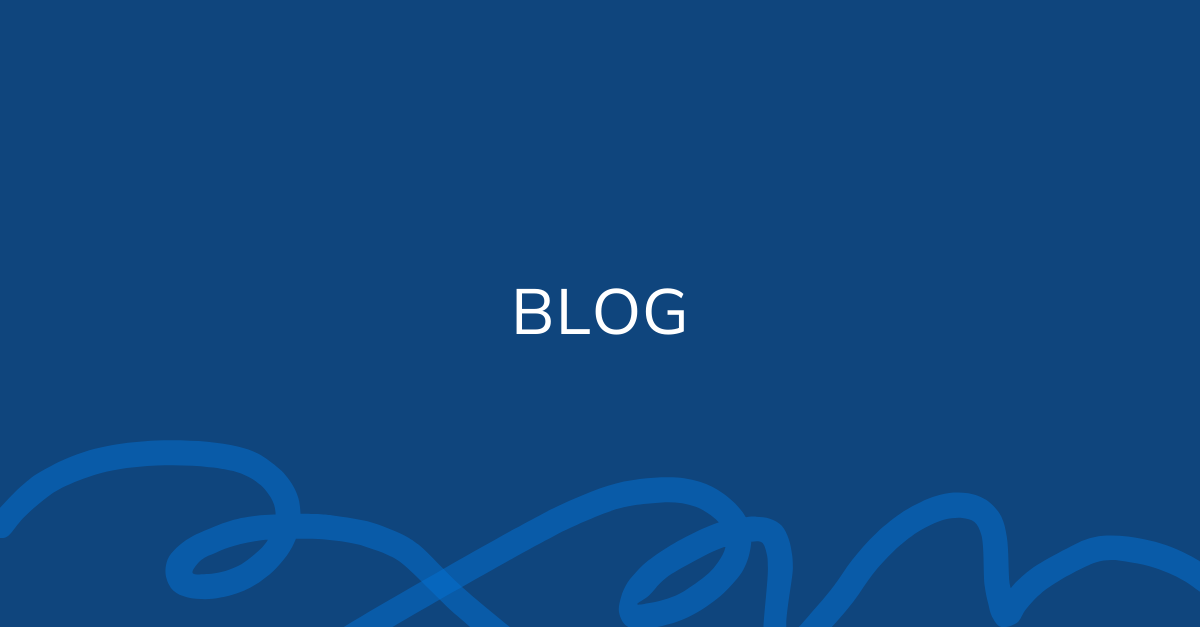
Proactive Care: A Resident's Story
This blog post examines how continuous fall risk assessment is revolutionizing healthcare by offering a superior alternative to traditional screening methods. We illustrate this paradigm shift towards proactive, individualized care through a resident's personal narrative.
Falls are a prevalent issue in senior living, and opportunities for prevention are often overlooked.
One resident's fall wasn't merely an unfortunate occurrence; it was the culmination of a measurable decline that could have been detected sooner. Continuous gait analysis now provides us with a clear understanding of the progression that led to the incident, and how a fall can be prevented.
For several weeks, this resident showed a moderate fall risk. There were no urgent warnings and no immediate red flags.
Then, in just seven days, their risk level increased significantly.
The data was captured passively through the OneStep app as the resident walked with a smartphone in their pocket. One week later, they experienced a fall.
Traditional tools would not have detected this change. Continuous assessment did.
That is the difference.
Tools such as the TUG test can be helpful, but they are limited. They are only performed occasionally, often require a visit to a clinic, and only reflect a single point in time. Even if the test is perfectly accurate, it only helps if it happens at the exact right moment.
In this case, that moment came and went without being noticed.
With OneStep, the resident’s movement was monitored in real time without the need for extra steps or equipment. There were no wearables to charge, no manual tracking required, and no burden on the staff.
The resident simply carried a phone in their pocket. OneStep did the rest.
This allowed for:
OneStep detected the spike in risk before the fall happened. That single insight could have led to intervention that might have prevented the fall entirely.
The right time to address a fall is before it happens.
This is not theoretical. Senior living communities are already seeing the benefits of real-time gait analysis.
OneStep customers are identifying high-risk residents before they fall. These care teams are using objective data to guide treatment plans. They are saving clinician time and supporting stronger referrals.
Communities using OneStep have reported a 25% percent reduction in falls, simply by using better data to make earlier, and smarter decisions.
Falls do not happen out of nowhere. The signs are there. You just need the right lens to see them.
At OneStep, we believe movement in daily life is one of the most powerful health indicators available. That is why we brought clinical-grade gait analysis to the device nearly everyone already has in their pocket: their smartphone.
We help care teams act earlier, decide with confidence, and deliver care that meets residents where they are.
Because we are how we move.
Want to see exactly how continuous assessment works in a real senior living setting?
Our latest Value Story walks you through a real case and shows what traditional tools missed, how OneStep detected risk early, and what could have happened differently.
Inside the Value Step you will find:
Click here to read the value story and take the next step in learning how OneStep enables safer, smarter, and more proactive care.